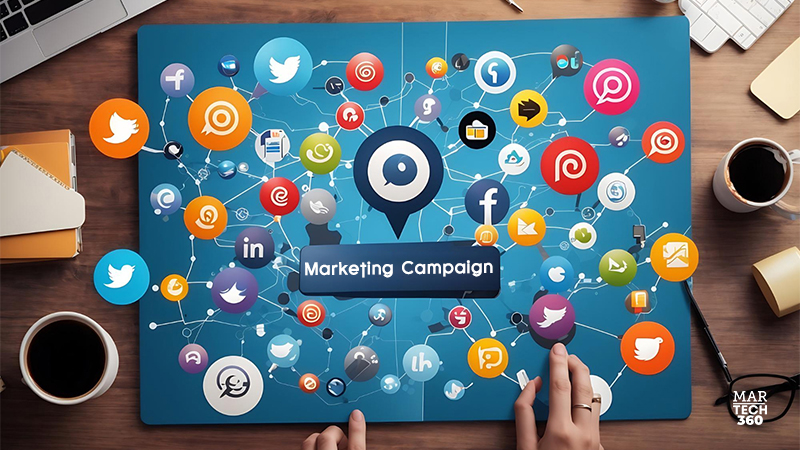Brands continue to struggle with engagement. Audiences increasingly tune out campaigns that lack a unique ability to earn their attention—and, really, who can blame them? The marketing answer to the challenge has been elusive, since the solution—hyper-personalized ads that speak to individuals in their specific context—would come with significant (and unrealistic) time and cost roadblocks.
But while traditional limitations have made such campaigns impossible to execute on a large scale, generative AI will make brands’ long-dreamed-of solutions possible, and boost audience engagement in 2024.
Here’s what to expect:
1) Generative AI enables hyper-personalized creative.
As brands have long understood, hyper-personalized and contextual advertising earns engagement rates and ROI far beyond what traditional generic ads can achieve. Audacy’s recent State of Audio report recommends personalizing ads down to the audience’s location, the platform they’re using, and the specific preferences of audience segments. Applying generative AI to audio and voiced visual ads (such as Connected TV advertising) enables personalization and contextualization with unprecedented granularity, and at an unprecedented scale.
In 2024, brands will leverage generative AI to produce individually targeted ads—including contextual details such as the individual’s location, the time of day, the current weather, the platform in use, local promotions, and even the nearest store where the listener can take advantage of the ad’s offer. Unlike easily ignorable generic ads, listeners will engage as if someone is speaking directly to them alone—because these ads will be doing just that.
2) Generative AI brings transformative efficiency to content production.
Traditional contextual ad campaigns require steps such as hiring voice actors, renting time in sound studios, and carefully recording and editing as many ad variations as time and budget constraints allow. That process can require months of expensive effort to achieve even shallow personalization.
Generative AI automation will eliminate just about every limitation in this process. First, generative AI provides realistically-human voice synthesis, such that brands no longer need voice actors and can simply (and instantly) turn creative scripts or written prompts into completed voiced ads. Next, AI can take a singular completed ad and generate thousands of variants to address the specific personalization and contextual details of every individual in an ad campaign’s audience. Automated generation of those myriad ads takes just minutes.
In 2024, fast-moving brand marketers will simply provide creative guidelines and brand goals to generative AI, then utilize those tools to produce more effective ads at a fraction of previous costs. The ability to create unlimited ready-to-launch ads precisely personalized and tuned to brand needs means that marketers can refresh content daily, eliminating ad fatigue. Brands can also track each individual’s ad interactions to build relationships using AI-generated content across the journey of subsequent ads, turning ongoing campaigns into powerful experiences.
3) Generative AI-powered ad versioning equips campaigns to optimize toward perfection.
Generative AI’s defining strength is its iterative learning and continuous optimization. Applying these techniques to precision-personalized and contextual ad campaigns, generative AI empowers brands with true data-driven marketing. Marketers can utilize AI to perform ad versioning, automatically creating multiple versions of ads and conducting unlimited A/B testing—or A/B/C/D testing as necessary—to prove out the most effective content tactics for each individual in a campaign’s audience. In 2024, marketers will enlist generative AI strategies to optimize their media buys and ad delivery as well, automating the work of continuously fine-tuning creative content across campaigns from the first ad to the last.
The results of replacing market intuition with fully data-driven and automatically optimized ad campaigns will be a transformation of revenue attributable to ads and return on advertising spend (ROAS) metrics. The fact that brands will be able to wage more effective campaigns than ever, while reducing spending with generative AI, will have no small impact on those numbers.
A bright future for brands—and audiences!—alike
With generative AI, brand marketers can quickly turn natural language inputs into fully generated, automatically-optimized ad campaigns that capture individuals’ attention and speak compellingly about their own lives and needs. In 2024 and well beyond, this sea change in marketing content and capabilities will inevitably end the era of irrelevant ads seen as an annoyance, and usher in an age when brand advertising exhibits perfectly on-point and personalized appeal.


Comments are closed.